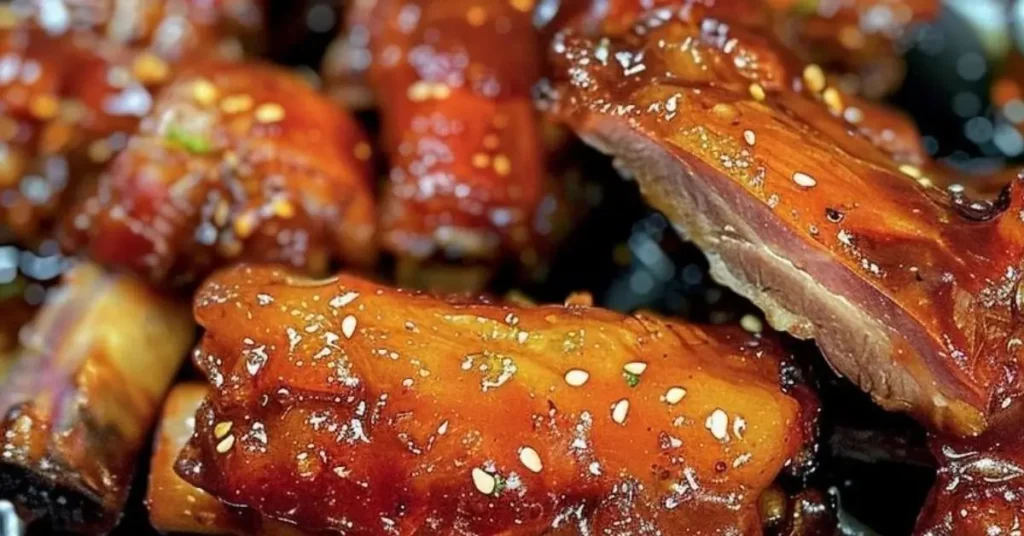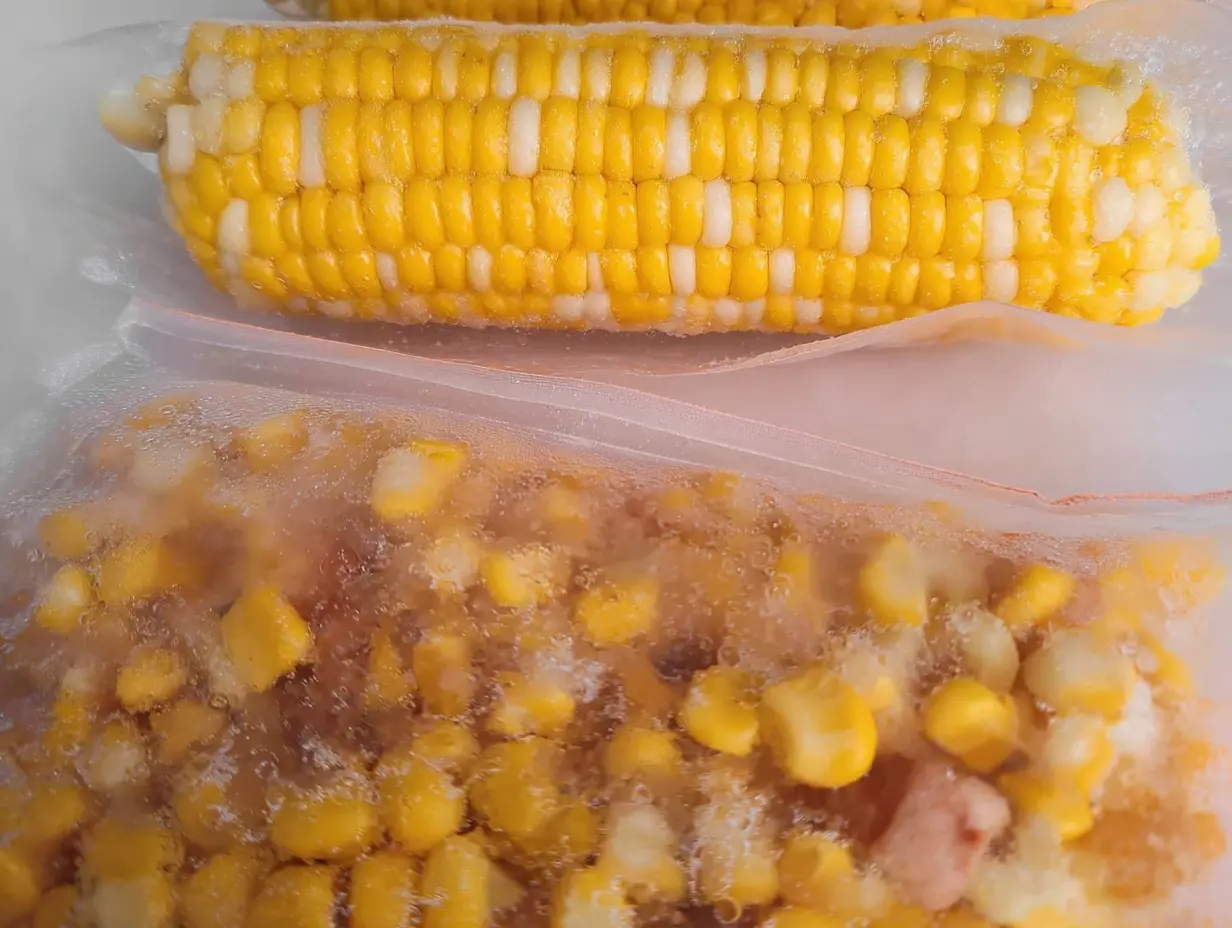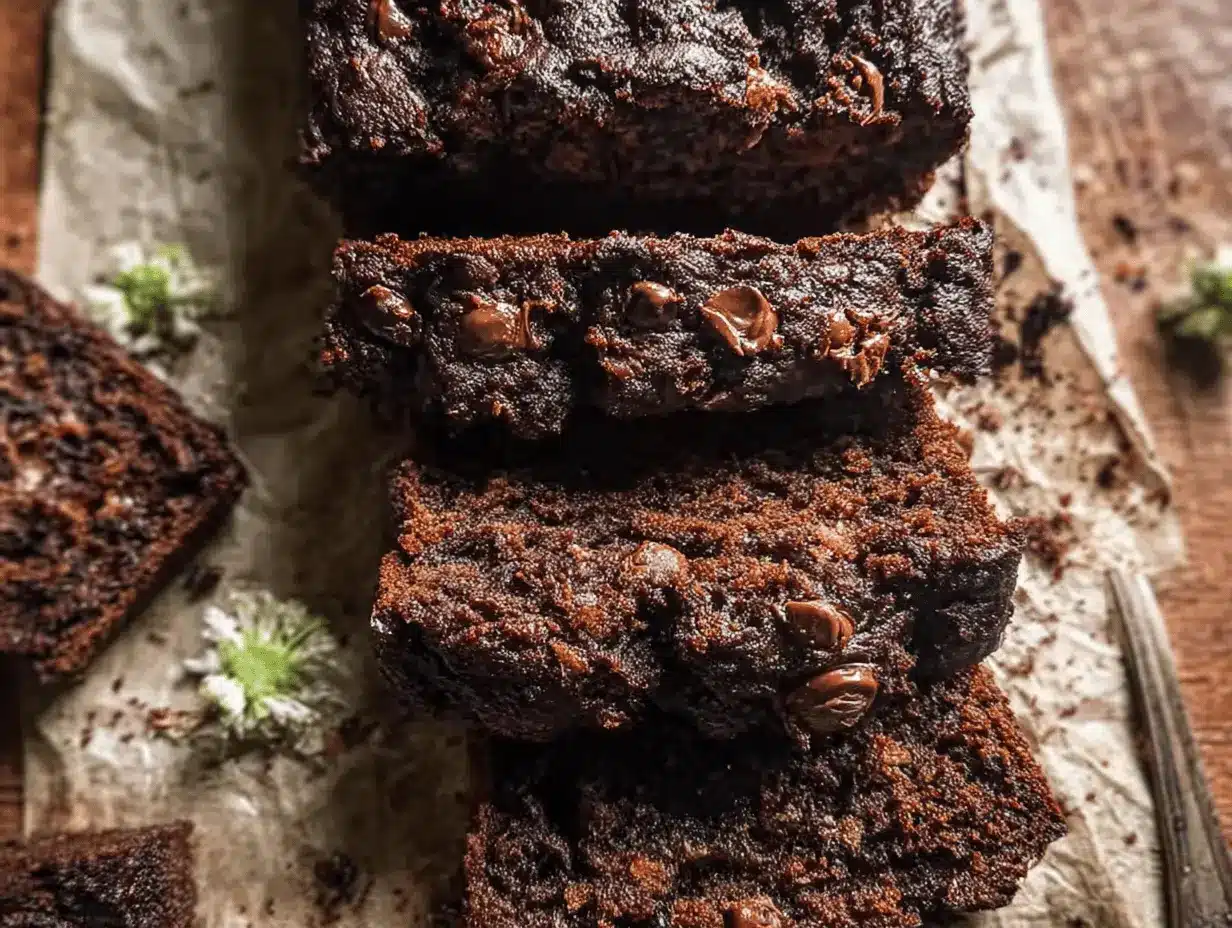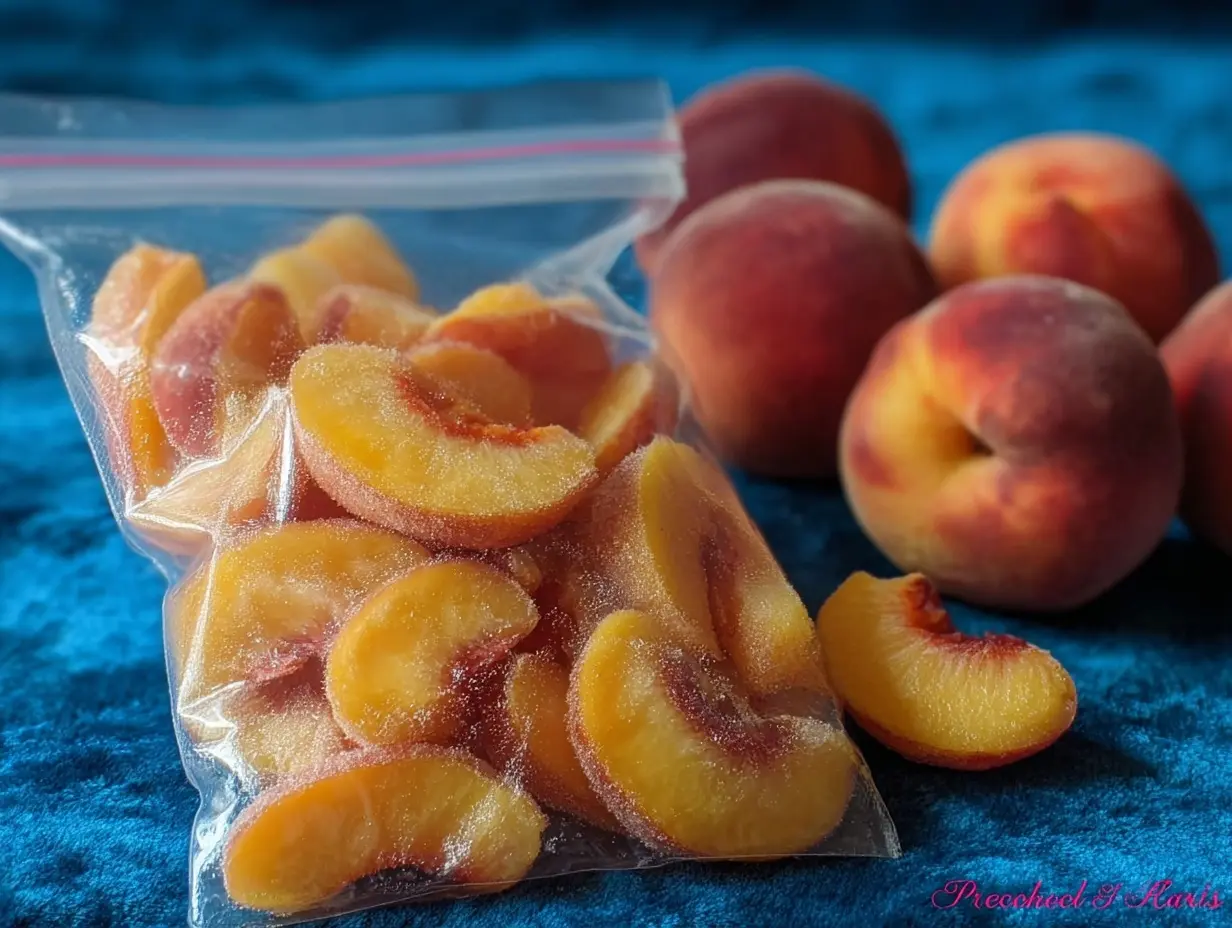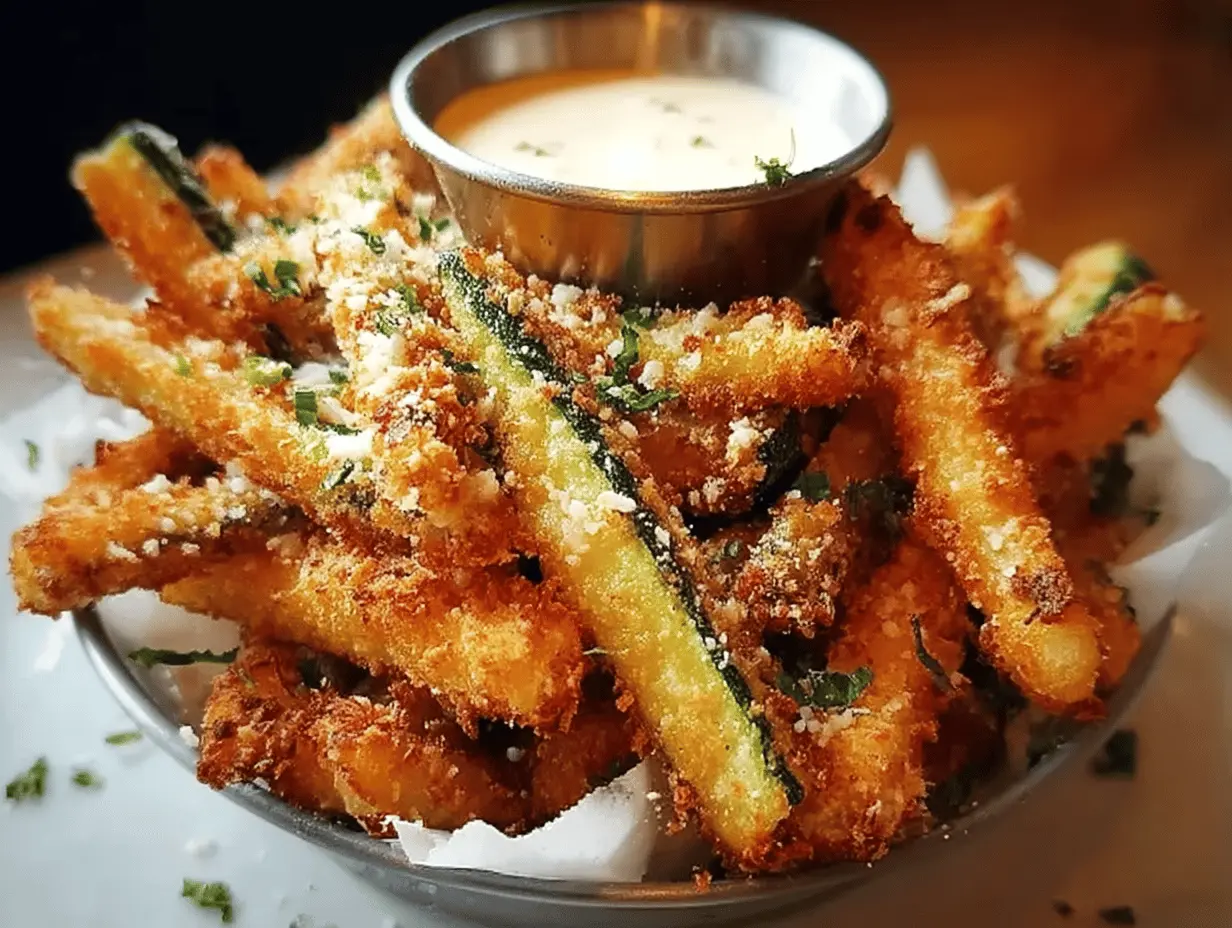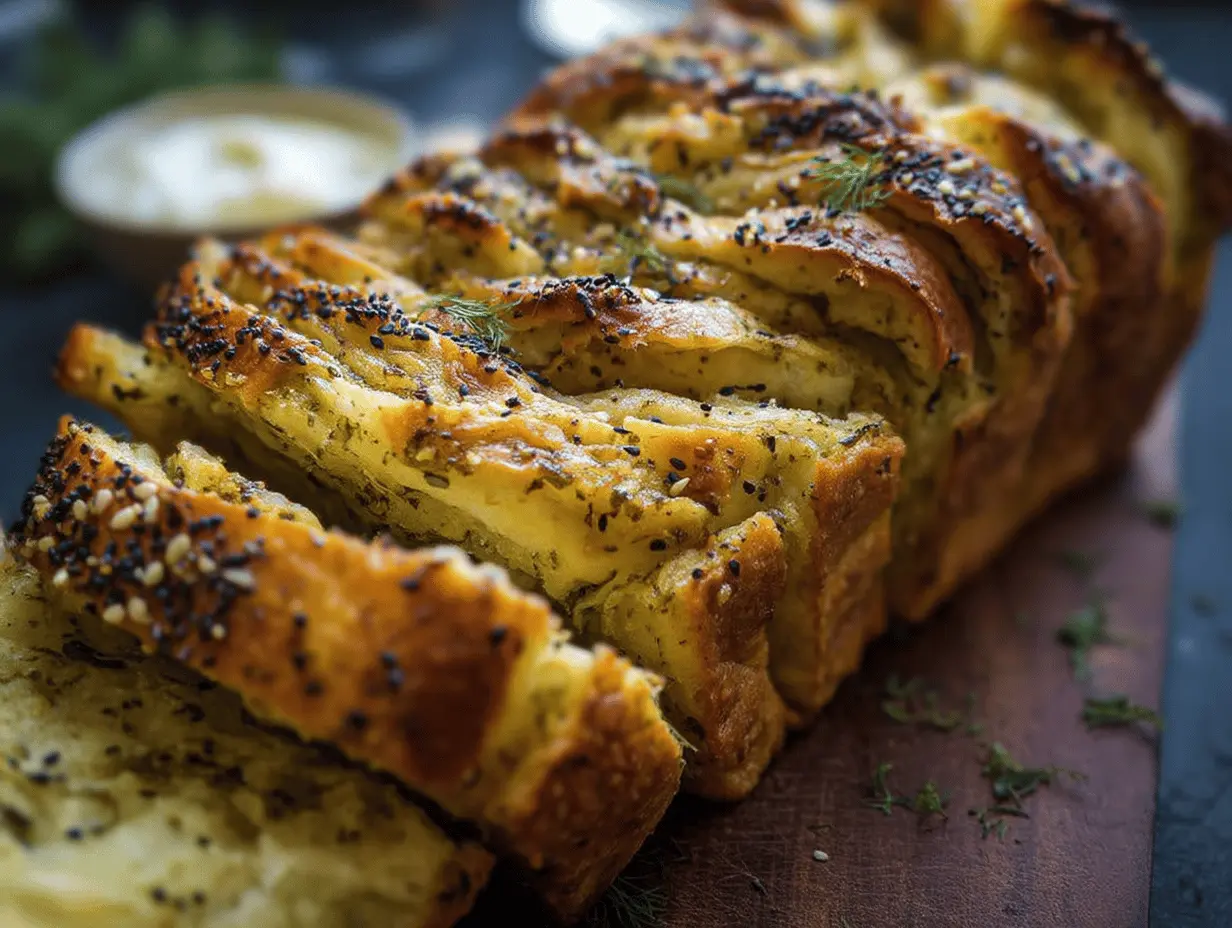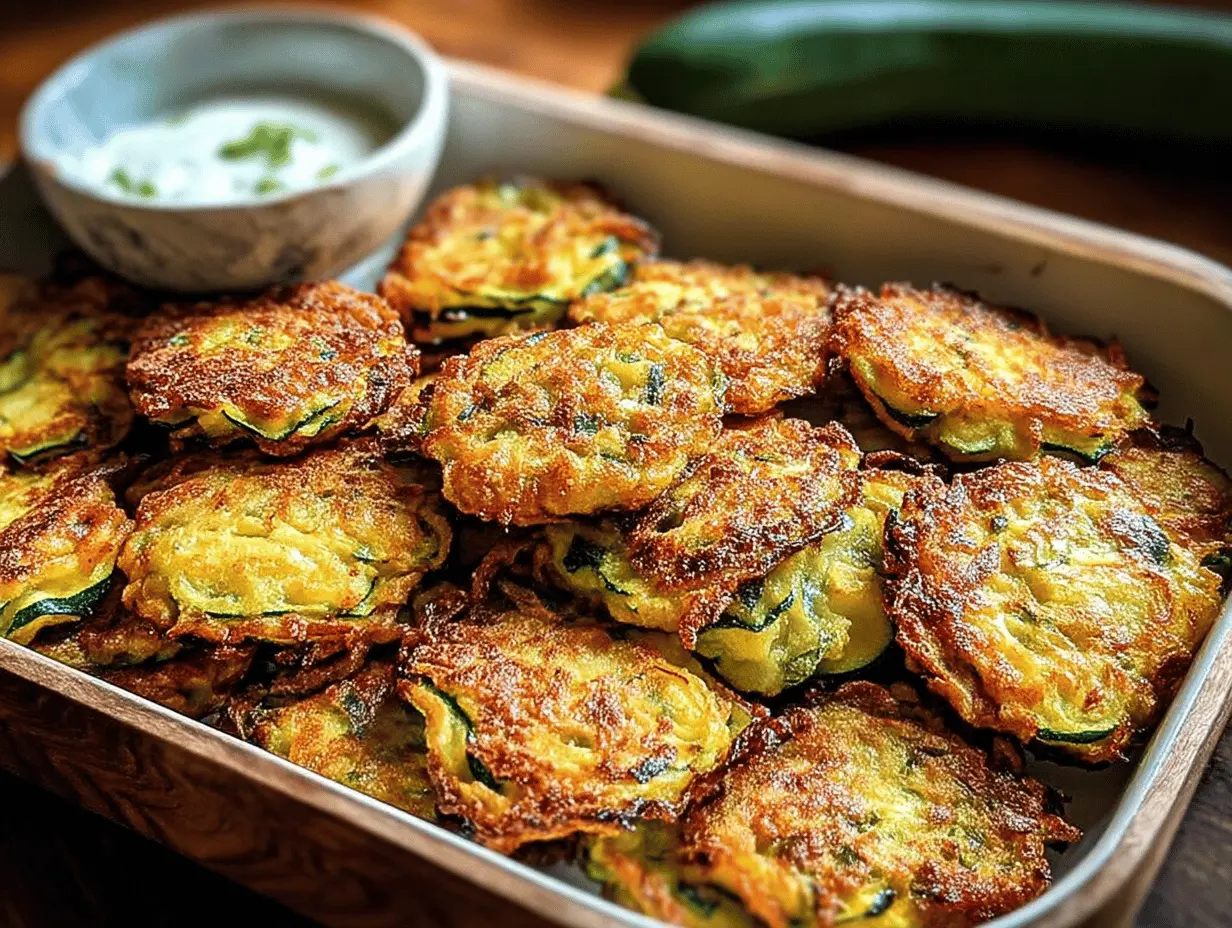Embark on a culinary adventure with the delightful Chinese Sweet-and-Sour Beef Ribs, a dish that promises a symphony of flavors and a nostalgic trip to authentic Chinese cuisine. This recipe, infused with the essence of childhood memories and traditional tastes, offers a perfect blend of tangy, umami, and sweet sensations that will tantalize your taste buds. Ideal for family gatherings or a cozy dinner, these ribs are not just food; they’re an experience, bringing the warmth and joy of shared meals to your table. Let’s dive into the art of creating these succulent beef ribs, ensuring a feast that’s both heartwarming and delicious.
Preparation Phase & Tools to Use
Before embarking on this culinary journey, it’s crucial to gather the right tools and set the stage for cooking excellence. You’ll need a large pot for boiling the ribs, a strainer or spoon for skimming, a bowl for marinating, and a pan for frying to achieve that perfect golden-brown finish. Opt for high-quality kitchenware to ensure even cooking and optimal flavor extraction.
Preparation is key to the success of this dish. Begin by sourcing fresh, high-quality beef ribs, which are the centerpiece of the recipe. The choice between different cuts can influence the texture and flavor, so select according to your preference, focusing on cuts that offer a balance of meat and fat for tenderness and flavor.
Understanding the importance of each step, from boiling to remove impurities to marinating for flavor infusion, sets the foundation for cooking. The process, though straightforward, requires attention to detail and a passion for crafting delightful meals. By meticulously following each phase and using the right tools, you’re on your way to creating an unforgettable dining experience.
Ingredients List
- Beef Ribs: The star of the dish, providing a robust and flavorful base.
- Rice Vinegar: Adds a tangy kick, enhancing the overall flavor profile.
- Sugar: Balances the acidity and adds a hint of sweetness.
- Soy Sauce: Infuses the ribs with deep umami notes.
- Rice Wine (Liao Jiu): A traditional touch that offers a slight sweetness.
- Vegetable Oil: For frying, ensuring a crispy exterior.
- Salt: To taste, enhancing the natural flavors of the ingredients.
- Scallion and/or Sesame Seeds: For garnish, adding both flavor and visual appeal.
Step-by-step Instructions
- Prepare the Ribs: Cut the beef ribs along the bones to ensure each piece contains a single bone. Boil the ribs in a large pot of water for 5 minutes, skimming off any foam that arises.
- Marinate: Combine rice vinegar, soy sauce, and rice wine in a bowl. Marinate the boiled beef ribs in this mixture at room temperature for 20 minutes.
- Fry: Heat oil in a pan until shimmering. Fry the beef ribs until golden brown on all sides, ensuring a crispy exterior.
- Simmer: Return the beef ribs to the pot, adding the marinade and broth. Cook until the sauce thickens into a sticky glaze.
- Final Touch: Stir in additional rice vinegar for a flavor boost. Garnish with scallion and sesame seeds before serving.
Nutritional Information & Health Benefits
Chinese Sweet-and-Sour Beef Ribs not only delight the palate but also offer a range of nutritional benefits. The protein-rich beef provides essential amino acids, while the garnishes of scallion and sesame seeds add vitamins and minerals. The use of rice vinegar introduces beneficial acids, aiding digestion and metabolic processes.
However, it’s crucial to balance indulgence with health-conscious choices. Opting for lean cuts and monitoring portion sizes can make this dish a healthier option. The inclusion of vegetables or sides like jasmine or cauliflower rice can create a well-rounded meal, ensuring both satisfaction and nutritional value.
Understanding the nutritional content helps appreciate the dish’s role in a balanced diet, making every bite both enjoyable and beneficial. With these insights, the Chinese Sweet-and-Sour Beef Ribs become more than just a meal; they’re a step towards mindful eating and culinary wellness.
Common Mistakes To Avoid & How to Perfect the Recipe
When preparing Chinese Sweet-and-Sour Beef Ribs, attention to detail can make the difference between a good dish and a great one. Here are some common pitfalls to avoid and tips to perfect your recipe:
- Overcooking the Beef: Beef ribs should be tender and juicy. Boiling them too long can make them tough and chewy. Monitor the boiling process closely and adhere to the recommended time.
- Not Skimming the Foam: Skimming the foam off the boiling water is crucial for a clear, clean-tasting broth. Neglecting this step can result in a murky sauce and an off-putting flavor.
- Insufficient Marinating Time: The marinating process infuses the beef with flavors. Rushing this step can lead to less flavorful ribs. Ensure the ribs marinate for at least 20 minutes.
- Overcrowding the Pan: When frying, give the ribs enough space in the pan. Overcrowding can lead to steaming instead of frying, preventing that desirable crispy exterior.
- Not Reducing the Sauce Enough: The sauce should be thick and sticky, coating the ribs beautifully. If it’s too thin, the ribs won’t have that signature glaze. Be patient and reduce the sauce to the right consistency.
By avoiding these common mistakes and focusing on the details, you can elevate your sweet-and-sour beef ribs from good to exceptional.
Tips, Notes, Storing, and Reheating
To further enhance your cooking experience and enjoyment of Chinese Sweet-and-Sour Beef Ribs, consider these additional tips and notes:
- Experiment with Vinegars: While rice vinegar is traditional, experimenting with different vinegars can introduce new flavors. Just be mindful of the acidity and sweetness levels.
- Balance the Flavors: Taste the sauce as you cook and adjust the seasoning if necessary. The perfect balance of sweet, sour, and savory is key to this dish’s success.
- Serving Suggestions: Pair the ribs with fluffy jasmine rice or nutty brown rice to absorb the delicious sauce. Steamed vegetables or a light salad can add freshness and balance the meal.
- Storing: Place any leftovers in an airtight container and refrigerate for up to 3 days. The flavors often deepen and meld, making the ribs even more delicious the next day.
- Reheating: Gently reheat the ribs in a pan over low heat to preserve their tenderness. You can also use a microwave, but be careful not to overheat, as this can dry out the meat.
By following these tips and properly storing and reheating your ribs, you can enjoy this delightful dish to its fullest.
Side Dish Recommendations
When serving Chinese Sweet-and-Sour Beef Ribs, choosing the right side dishes can enhance the flavors and create a balanced meal. Here are some recommendations that complement the rich and tangy profile of the ribs:
- Steamed Jasmine Rice: The subtle fragrance and light texture of jasmine rice make it an ideal base to soak up the delicious sauce from the ribs, providing a perfect balance to the dish’s intensity.
- Stir-Fried Vegetables: Opt for a colorful mix of bell peppers, broccoli, snap peas, and carrots, stir-fried with a hint of garlic and soy sauce. The freshness and crunch of the vegetables offer a delightful contrast to the tender, flavorful beef.
- Asian Cucumber Salad: A refreshing cucumber salad dressed with rice vinegar, sesame oil, and a touch of sugar can cleanse the palate and add a crisp, light element to your meal.
- Fried Rice: Elevate your meal by serving the ribs with a side of savory fried rice, incorporating eggs, peas, carrots, and green onions for added flavor and texture.
- Noodle Salad: Cold noodle salad dressed with a sesame or peanut sauce can provide a refreshing and hearty accompaniment, balancing the sweet and sour notes of the ribs.
By selecting one or more of these side dishes, you can create a harmonious and satisfying meal that complements the star attraction: the sweet-and-sour beef ribs.
Seasonal Variations
Adapting the Chinese Sweet-and-Sour Beef Ribs recipe to incorporate seasonal ingredients can add an exciting twist and freshness to the dish. Here are some ideas for each season:
- Spring: Embrace the new vegetables of the season by serving the ribs with a side of sautéed asparagus or peas, or incorporate spring onions into the sauce for a fresh, vibrant flavor.
- Summer: Take advantage of summer’s bounty by adding bell peppers, zucchini, or eggplant to the dish. A side of fresh tomato and basil salad can also complement the rich flavors of the ribs.
- Fall: Introduce autumnal ingredients like roasted pumpkin or sweet potatoes as sides. A warm apple and cabbage slaw can also pair beautifully with the ribs, adding a sweet and tangy crunch.
- Winter: In the colder months, serve the ribs with hearty sides like mashed potatoes or a warm Brussels sprouts salad. Incorporating winter citrus fruits like oranges or tangerines into the sauce can add a bright, seasonal touch.
By considering the season’s offerings, you can keep the dish exciting and fresh all year round, providing delightful variations to enjoy in any season.
Lunchbox Ideas
Transforming leftovers of Chinese Sweet-and-Sour Beef Ribs into enticing lunchbox meals can make your midday dining a delightful experience. Here are some creative ways to repurpose the ribs:
- Ribs Wrap: Shred the beef and wrap it in a tortilla with lettuce, shredded carrots, and a drizzle of the sweet-and-sour sauce. This convenient wrap is both tasty and easy to eat on the go.
- Rice Bowl: Layer some steamed rice in a container, top it with sliced beef ribs, and add some steamed broccoli or bok choy. A sprinkle of sesame seeds and a drizzle of sauce can complete this satisfying lunch bowl.
- Asian Pasta Salad: Toss cooked pasta with diced beef ribs, cucumber, bell peppers, and a sesame dressing. This pasta salad can be enjoyed cold and offers a refreshing and filling lunch option.
- Beef Rib Bento: Create a bento box with a portion of the ribs, a small serving of rice, some pickled vegetables, and a few slices of fresh fruit for a balanced and visually appealing lunch.
- Ribs Sandwich: Place sliced beef ribs in a baguette or roll, add some lettuce and a spread of mayonnaise mixed with a bit of the sauce, and enjoy a hearty sandwich that packs a flavor punch.
These lunchbox ideas not only provide tasty meals but also ensure that the delicious sweet-and-sour beef ribs are enjoyed to the last bite, minimizing food waste and maximizing enjoyment.
Presentation and Plating
The presentation of Chinese Sweet-and-Sour Beef Ribs can significantly enhance the dining experience, turning a simple meal into an elegant feast. Here are some tips for presenting and plating the dish:
- Color Contrast: Use a white or light-colored plate to make the vibrant color of the ribs stand out. Garnish with green onions, sesame seeds, or a sprinkle of fresh herbs to add a pop of color.
- Portion Control: Arrange a few ribs neatly on the plate, avoiding overcrowding. This not only looks more appealing but also makes the dish easier to eat.
- Sauce Drizzle: After placing the ribs on the plate, drizzle some of the reduced sauce over the top for added flavor and a glossy finish. Ensure the sauce is thick enough to cling to the meat and not pool on the plate.
- Garnish: A final touch of garnish, such as thinly sliced scallions, sesame seeds, or a few cilantro leaves, can add visual appeal and a hint of freshness.
- Accompaniments: Serve the ribs with a side dish that complements their flavors and colors. Arrange the side dish neatly on the same plate or in a separate bowl to maintain an organized and attractive presentation.
By paying attention to these presentation and plating tips, you can elevate the visual appeal of your Chinese Sweet-and-Sour Beef Ribs, making the meal not only delicious but also a feast for the eyes.
FAQs
Q: Can I make this recipe with other types of meat?
A: Absolutely! While beef ribs are used here, you can adapt the recipe for pork, chicken, or even tofu for a vegetarian version.
Q: How can I make this dish spicier?
A: Add a pinch of red pepper flakes or a few slices of fresh chili to the sauce to introduce some heat.
Q: Is it possible to make this recipe gluten-free?
A: Yes, use gluten-free soy sauce or tamari and ensure that all other ingredients are gluten-free.
Q: Can I prepare this dish in advance?
A: Yes, you can boil and marinate the ribs in advance. Just fry and simmer them before serving to ensure they’re crispy and coated in the sticky sauce.
Q: How do I know when the sauce is reduced enough?
A: The sauce should coat the back of a spoon and have a syrupy consistency. It will also coat the ribs nicely when it’s reduced enough.
Conclusion
Chinese Sweet-and-Sour Beef Ribs are a delightful dish that combines rich flavors and tender meat for a memorable meal. By following the steps outlined, avoiding common mistakes, and incorporating the provided tips, you can master this recipe and impress your family and friends. Whether it’s a special occasion or a casual dinner, these ribs are sure to be a hit, offering a taste of authentic Chinese cuisine right at your table. Enjoy the process of cooking and the joy of sharing these delicious ribs with your loved ones.
Print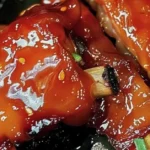
Chinese Sweet-and-Sour Ribs: A Family Favorite Recipe
- Total Time: 40 minutes
- Yield: 4 – 5 servings
Description
Indulge in the rich flavors of our Chinese Sweet-and-Sour Ribs! Perfectly balanced tangy and sweet notes wrapped around tender ribs make every bite a delight. Try this beloved family recipe for your next dinner and bring a taste of China to your table!
Ingredients
- Beef Ribs: The star of the dish, providing a robust and flavorful base.
- Rice Vinegar: Adds a tangy kick, enhancing the overall flavor profile.
- Sugar: Balances the acidity and adds a hint of sweetness.
- Soy Sauce: Infuses the ribs with deep umami notes.
- Rice Wine (Liao Jiu): A traditional touch that offers a slight sweetness.
- Vegetable Oil: For frying, ensuring a crispy exterior.
- Salt: To taste, enhancing the natural flavors of the ingredients.
- Scallion and/or Sesame Seeds: For garnish, adding both flavor and visual appeal.
Instructions
- Prepare the Ribs: Cut the beef ribs along the bones to ensure each piece contains a single bone. Boil the ribs in a large pot of water for 5 minutes, skimming off any foam that arises.
- Marinate: Combine rice vinegar, soy sauce, and rice wine in a bowl. Marinate the boiled beef ribs in this mixture at room temperature for 20 minutes.
- Fry: Heat oil in a pan until shimmering. Fry the beef ribs until golden brown on all sides, ensuring a crispy exterior.
- Simmer: Return the beef ribs to the pot, adding the marinade and broth. Cook until the sauce thickens into a sticky glaze.
- Final Touch: Stir in additional rice vinegar for a flavor boost. Garnish with scallion and sesame seeds before serving.
Notes
- Experiment with Vinegars: While rice vinegar is traditional, experimenting with different vinegars can introduce new flavors. Just be mindful of the acidity and sweetness levels.
- Balance the Flavors: Taste the sauce as you cook and adjust the seasoning if necessary. The perfect balance of sweet, sour, and savory is key to this dish’s success.
- Serving Suggestions: Pair the ribs with fluffy jasmine rice or nutty brown rice to absorb the delicious sauce. Steamed vegetables or a light salad can add freshness and balance the meal.
- Storing: Place any leftovers in an airtight container and refrigerate for up to 3 days. The flavors often deepen and meld, making the ribs even more delicious the next day.
- Reheating: Gently reheat the ribs in a pan over low heat to preserve their tenderness. You can also use a microwave, but be careful not to overheat, as this can dry out the meat.
- Prep Time: 10
- 20:
- Cook Time: 30
- Category: Main Course
- Method: Boiling, Marinating, Frying
- Cuisine: Chinese
